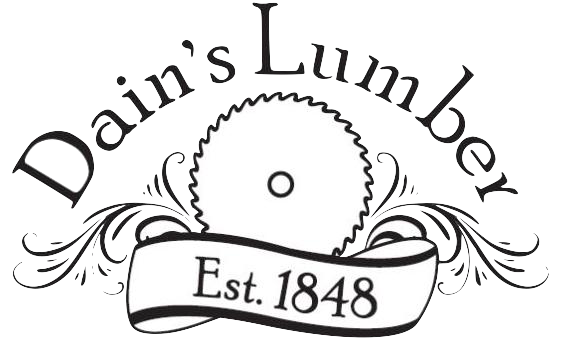
Deciduous. Height 100 to 120 feet. Trunk diameter 3 to 4 feet. The tallest pecan is now recorded in Cocke County, Tennessee. It is 143 feet high with a trunk circumference of 231 inches. Distribution of the pecan ranges from Indiana, Illinois and Iowa in the North, southward throughout the Mississippi Valley to Alabama, Mississippi, Louisiana and Texas in the South. It is the state tree of Texas. Pecan is in the walnut family; its closest relative is the shagbark hickory (Carya ovata). Prized even more for its nut crop than for its timber, the pecan is thought to be the only tree cultivated in orchards by the pre-Colonial Native Americans. Because it was an important food staple, the Algonquins chose not to rely solely on the nut harvest from the wild forest pecan tree. This remains true with growers, today.
Prior to the ice age pecan spanned all of Europe and the Mediterranean countries as well as North America. Today it is an American original, native only to the United States. It is most commonly found in the flood-plains of the Mississippi River and other low-lying wet terrain. The pecan tree has a short trunk with many forked branches, making long length lumber hard to obtain. Because of the nature of the tree, pecan lumber is also somewhat limited in the upper grades as well. The interestingly patterned wood is pale reddish-brown in color with occasional dark, pecky streaks. It is open pored, close grained and hard. It is very heavy, strong and tough but is also elastic and quite shock-resistant. It is hard to dry with big shrinkage; but once properly seasoned it is stable and reliable.
Pecan is enjoying a newfound popularity for use in furniture, paneling and architectural detail, as it lends itself well to authentic looking early American ("Americana" style) designs. It is more attractively priced than the other woods used for this purpose, oak and maple. It may not have the topmost grades of oak and maple and it is somewhat difficult to machine (carbide-tipped equipment is suggested) but it is available as veneer and as plywood, is good looking and is in a good price range. Pecan is most often used for fine furniture manufacture, wall paneling, architectural millwork and decorative elements. It is used for tool and implement handles and for flooring. The lower grades are used in pallets.
